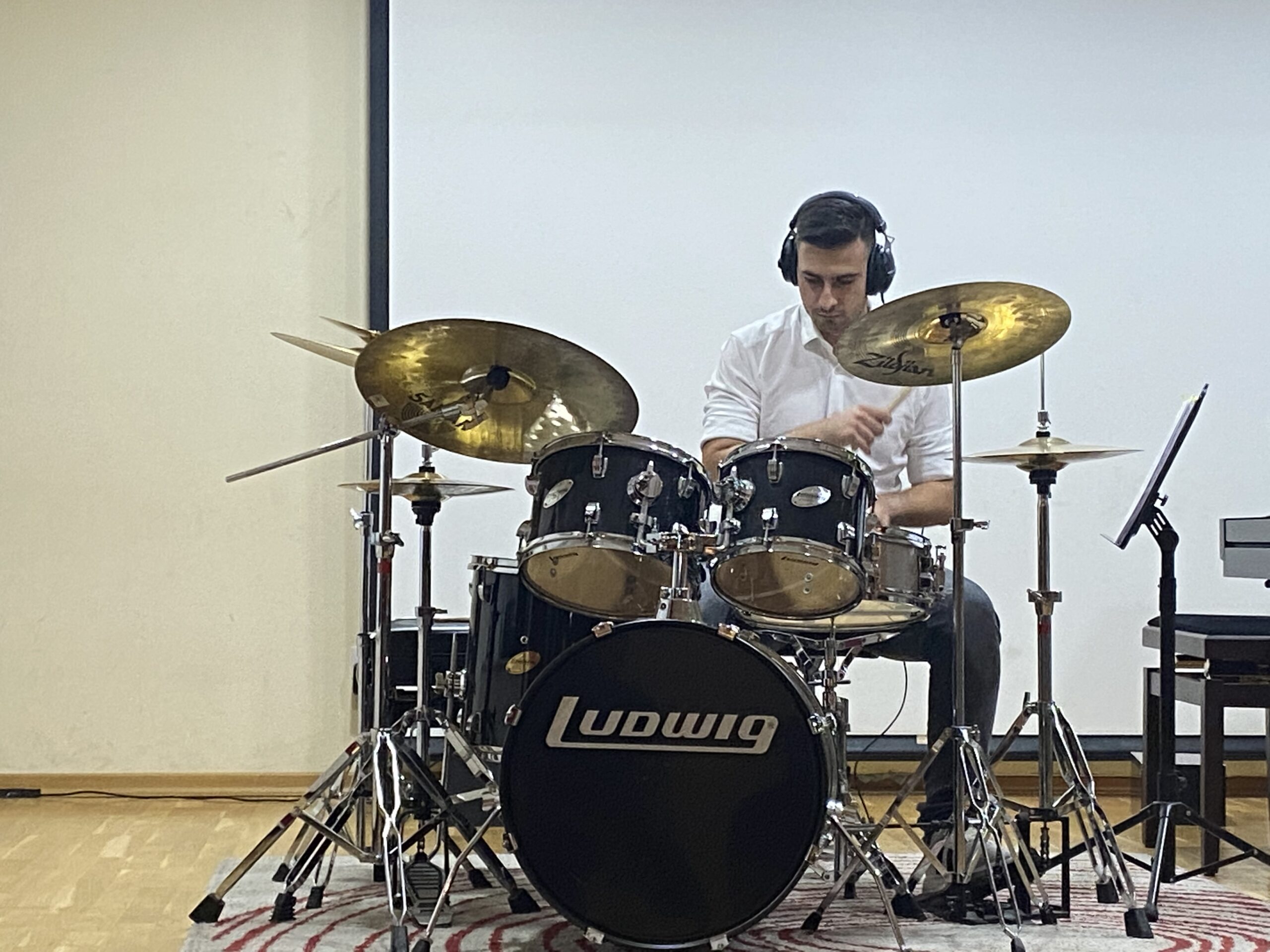Drums are one of the most important and widely used percussion instruments in music. They form part of the rhythmic section in many genres of music, such as rock, jazz, pop, blues, and Latin music. Drums are a multi-organ ensemble that usually consists of several drums (such as the tambourine, bass drum, and Toms) and cymbals (such as the hai-hat, crash, and Reed).
The main task of the drummer is to keep the rhythm and provide the rhythmic background for the band. Drums are used to create and enhance rhythm, and often form the “backbone” of music. At the same time, playing the drums requires coordination and speed, as the drummer must use both arms and legs at the same time.
In addition to technical ability, playing drums also offers great flexibility in the way one can express oneself musically. Playing can be simple and based on fixed rhythms, or more complex with improvisations and complex rhythmic figures.
The history of drums is rich and starts from ancient times, where various types of drums were used in religious and cultural ceremonies. In modern times, the drum set developed in the early 20th century and became popular with the rise of jazz and later rock music.
Overall, drums are an instrument that combines physical movement with musical creativity, offering the drummer the ability to become the “heart” of the music being played.






